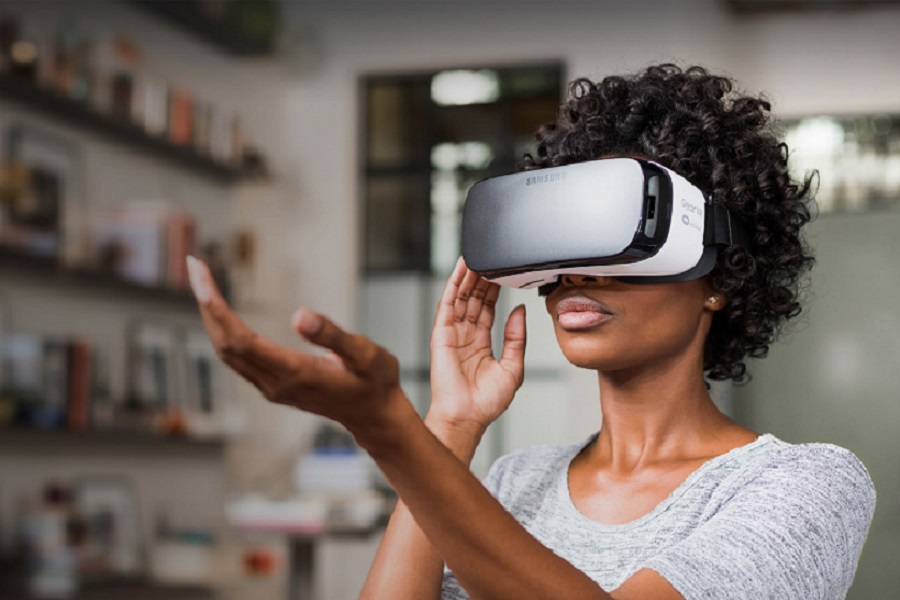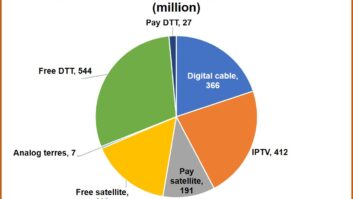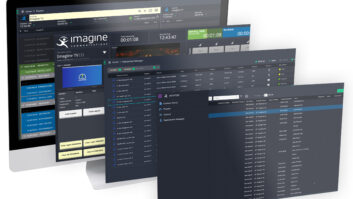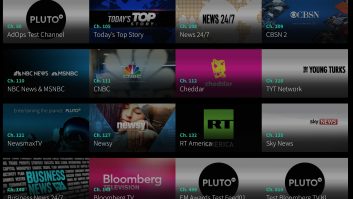
VR has the potential to ‘replace television’ in the consumer market as it looks set to balloon over the next five years, claim Frost & Sullivan.
According to the business consulting firm, with technological advances and improvements in user experience, VR will become more ubiquitous in industries such as healthcare, automotive, education, manufacturing, retail, design, aerospace and defense, and entertainment.
The incorporation of biosensory technology, speech recognition, movement mapping and space perception in VR will give a ‘significant boost’ to posture and gesture recognition. Frost & Sullivan say that such technologies will increase the adoption rate of VR, especially in healthcare, in the areas of virtual surgery, immersive therapy and dentistry. Due to the widening scope of its application, VR as a Service will be an important business model in the future.
Future Applications of Virtual Reality (Immersive Computing), part of Frost & Sullivan’s TechVision (Information & Communication) Growth Partnership Service programme, found that the global VR hardware and software market is expected to grow from $1.37 billion in 2015 to $33.90 billion by 2022, at a compound annual growth rate of 57.8 per cent between 2016 and 2022.
“Entrepreneurial support by ecosystem participants allows startup companies to adopt the role of demanding stakeholders,” said Frost & Sullivan TechVision research analyst Mohammed Jawad.
“They have the potential to emerge with disruptive technologies, while being insulated from global economic slowdowns and concerns about obtaining huge capital investments.”
“As cross-country and ecosystem partnerships play a major role in developing capabilities, global market participants work with an extensive network of partners to meet customer needs.”
“Meanwhile, technologies such as real-time analytics and beacon will be enabled within the VR/augmented reality environment, as they will impact VR’s adoption in business applications.”







